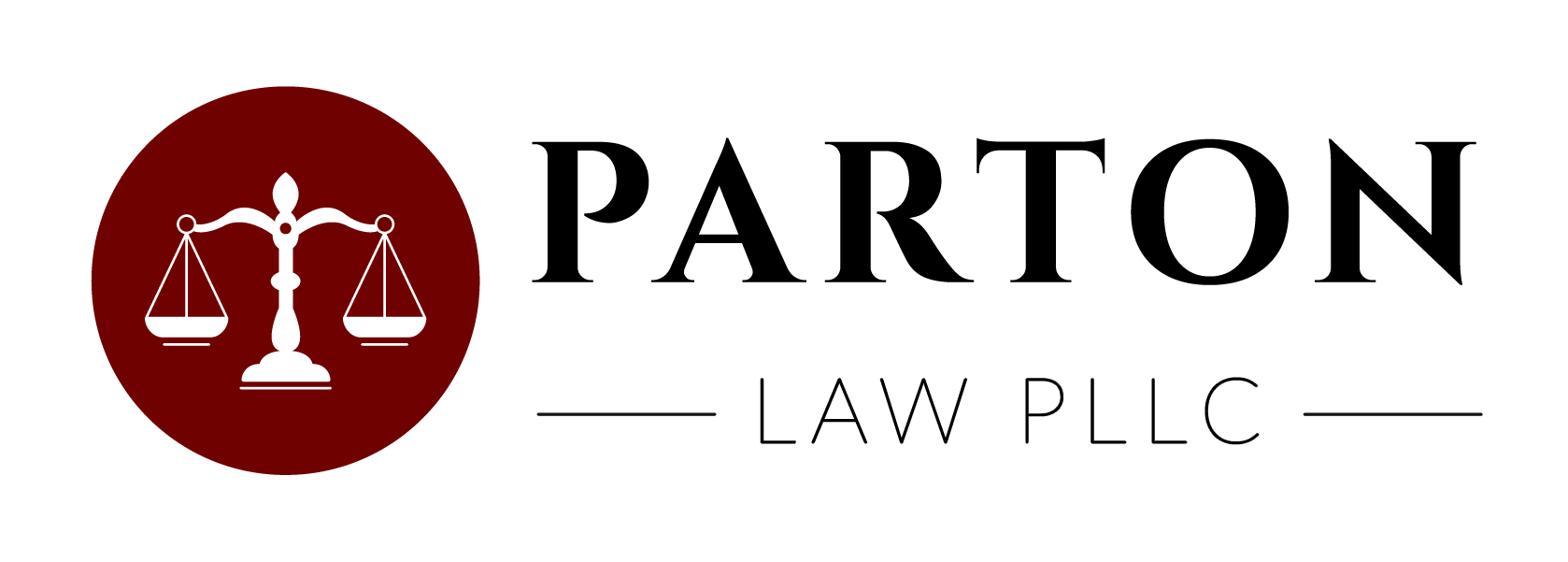What is Defamation, Libel, & Slander?
Defamation is a complex area of law that protects individuals from false statements that could harm their reputation. It encompasses two specific types: libel and slander. Understanding the distinctions and implications of each can help individuals recognize and respond to potential defamation cases. Let’s explore the fundamental concepts of defamation, libel, and slander, shedding light on how they are treated in the legal arena.
Defamation, Libel, & Slander Defined
Defamation is a broad term that refers to any false statement made by one individual about another, which is communicated to a third party, causing harm to the person’s reputation. Defamation can result in various damages, including emotional distress, loss of reputation, and even economic harm if it impacts the individual’s professional life.
Libel refers to defamation that is made in writing or published in a fixed medium, such as newspapers, books, magazines, photographs, online posts, and other digital formats. The key characteristic of libel is its permanence; the defamatory statement is recorded in a way that makes it accessible over time. Legal cases involving libel often focus on proving that the written statements are not only false but also damaging to the plaintiff’s reputation.
Slander involves defamation that is spoken and not fixed in a permanent medium. This could include comments made during a speech, casual conversations, or any other form of non-permanent communication. Slander tends to be more transient than libel, but proving slander can be equally challenging, as it often requires substantial evidence to demonstrate that the statements were made and heard by others.
Legal Requirements for Proving Defamation
Whether dealing with libel or slander, certain criteria must be met for a statement to be considered defamatory:
- Falsehood: The statement must be demonstrably false. True statements, no matter how damaging, are not considered defamatory.
- Communication: The defamatory statement must have been communicated to someone other than the plaintiff.
- Fault: The person making the statement must have done so with a certain degree of fault, ranging from negligence to actual malice, depending on whether the defamed party is a private individual or a public figure.
- Harm: There must be clear evidence that the statement caused harm to the reputation of the plaintiff.
Impact of Digital Media on Defamation
The rise of digital media has significantly amplified the reach and consequences of defamation. With platforms such as social media, blogs, and forums, statements can go viral quickly, potentially reaching a global audience in moments. This immediacy and scope present unique challenges in managing defamation, as false statements can spread far and wide before any corrective actions can be taken. Additionally, the anonymous nature of the internet can complicate the process of identifying the sources of defamatory content, making legal redress more challenging. As such, understanding the interplay between digital media and defamation law is necessary for effectively navigating these modern complexities.
Defamation, encompassing both libel and slander, represents a significant area of law designed to protect individuals from false and damaging statements. Understanding these concepts is essential for anyone involved in a dispute over harmful statements to navigate the legal processes effectively. As defamation laws can be complex and vary by jurisdiction, consulting with a legal professional can provide clarity and direction for those needing to manage a defamation issue.
For expert guidance on defamation cases or to understand more about how these laws might apply to your situation, consider reaching out for professional legal advice.

